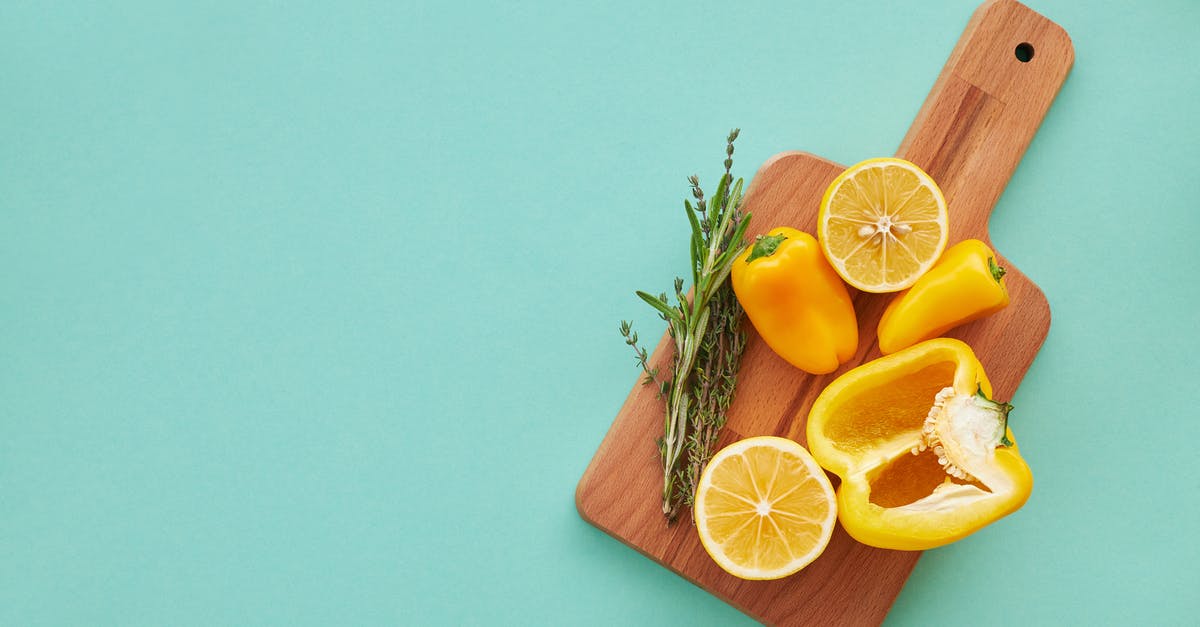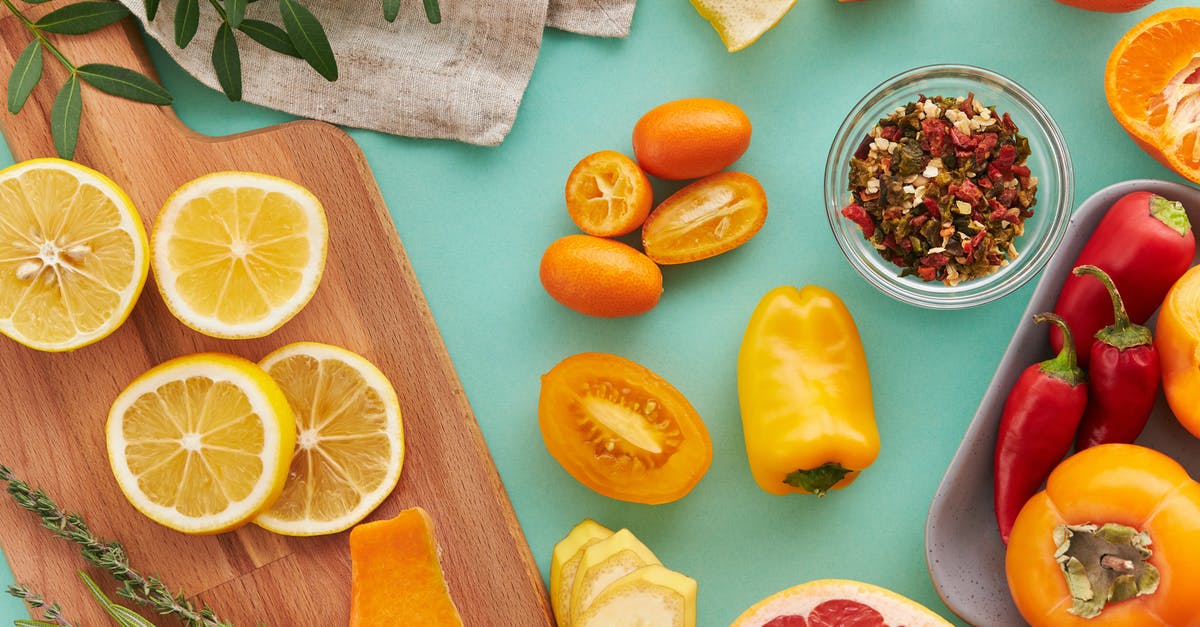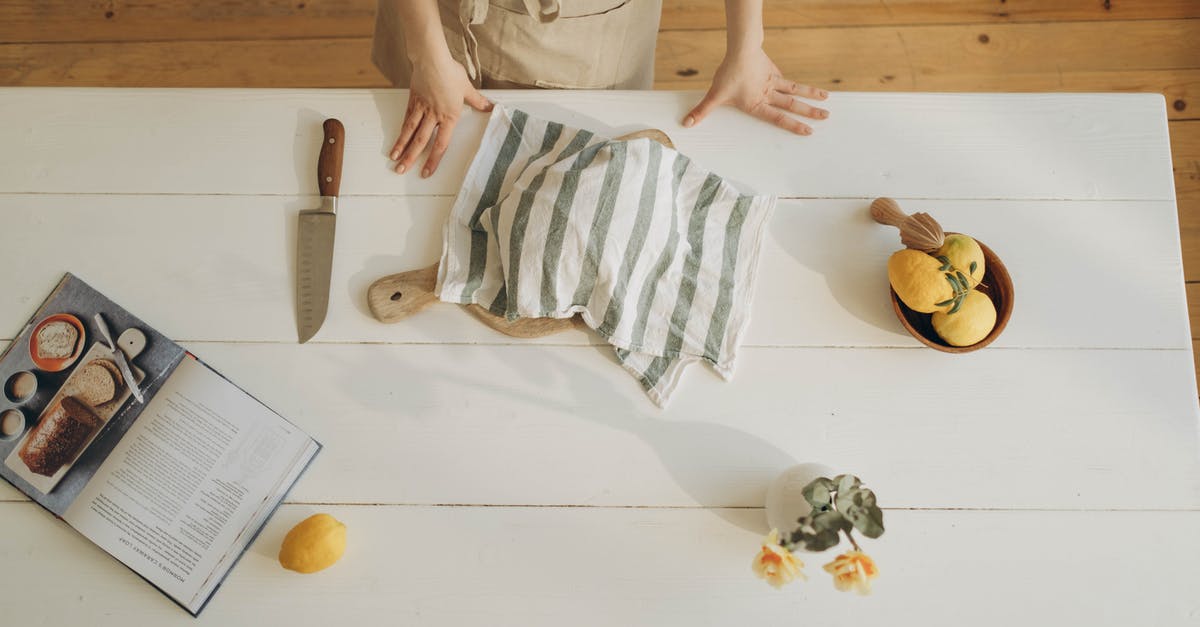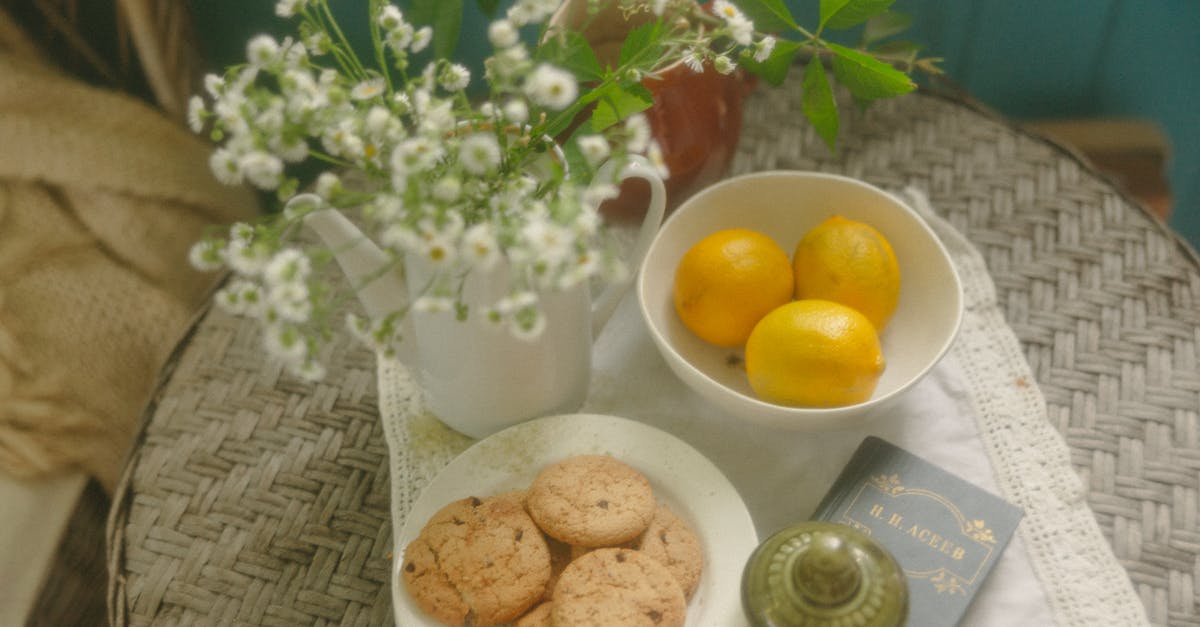Do Morrocan-stye pickled lemons really need 5 to 10% salt?

I want to make Morrocan-stye pickled lemons, but I was only able to find one site with an explicit ratio, and it says:
In On Food and Cooking, Harold McGee suggests that a solution of five to 10% salt is needed to achieve a good North African-style preserved lemon
I make sauerkraut with 20 grams of salt per kilogram of cabbage, so 2%. So lemons taking much more salt than cabbage is surprising and confusing; since they start out acidic, I would expect them if anything to require less salt.
I'm not worried about harmful microbes growing; I'm worried about the fermentation microbes not being able to grow. It's my understanding that higher salt concentrations with cabbage not only slow down fermentation, but actually seem to encourage surface mold growth.
One commenter on that site had the same issues:
I've never quite understood the need for such excessive salting when making preserved lemons. They still ferment great at normal levels of salt, and you then need to worry less about them being overly salty to use in future recipes. As far as I can tell it's solely from tradition.
Also, from checking out On Food and Cooking, it seems that McGee only points out that originally they are done with 5 to 10% salt content. I'm curious where you read/saw that he recommended such?
Does anyone have any text- and/or experience-based opinion agreeing or disagreeing with the "5 to 10%" figure?
Best Answer
As I understand it, you may be seeing some confusion between two very different processes. When making sauerkraut, you are fermenting cabbage in brine, and the fermentation gives sauerkraut its characteristics. I believe this means you need to have or introduce the right microbes, and give them time and space and the right environment to work, and prevent oxidation (keep it submerged), especially since you need access to the air to vent the gasses being produced, things like that?
Pickling, at least these kinds of (brine?) pickles, are not the same thing. To make this sort of pickle, you are steeping the food in a sterilizing brine, one high in acid (usually vinegar) and salt and sometimes other preservatives, and all sorts of things that microbes don't like. The changes that happen are nothing more than the food steeping in the brine, and osmoisis-ing the brine and food into equilibrium. The food doesn't even have to age much in pickling - it gets the most flavor into the food, but there are shortcuts (like chopping smaller or making various "quick-pickle" recipes) which is simply not possible with fermented recipes.
The point is, fermentation preserves, it keeps food from spoiling, by using friendly microbes to out-compete the microbes that spoil the food. Brine pickling intends not to let any microbes grow, because the pH is too low, the salt is too high, the environment is generally not microbe-friendly. Fermentation is fussier (needs lots of variables right), but it is also transformative. Brine pickling is easier, but also tends to produce much stronger flavors (especially at preservation strength).
At some point, I think, "fermented pickles" became a term, or the results of fermentation were also referred to as being pickled and the terms overlapped, or something - and certainly you can ferment lemons, if using much less salt (especially given your commenters' mention). But judging by the recipes I saw, it looks like the Moroccan preserved lemons your source quoted at 5-10% salt are simply preserved, not fermented - left in a brine with salt and acid, which were intended to keep the food unspoiled. So the problem may be that you're mixing up two very different preserving methods, that happen to be a little bit similar and are for some confusing reason called by identical names.
Pictures about "Do Morrocan-stye pickled lemons really need 5 to 10% salt?"



Are preserved lemons supposed to be salty?
The flesh of lemons that are cut before they're preserved will absorb more salt than those that are packed whole. In order to control for salinity, many recipes will call for discarding the super-salty flesh and using only the rind, or for rinsing the preserved lemon before cooking with it.What kind of salt do you use for preserved lemons?
Rub kosher salt over the cut surfaces, then reshape the fruit. Cover the bottom of the jar with more kosher salt. Fit all the cut lemons in, breaking them apart if necessary. Sprinkle salt on each layer.Can I use coarse salt for preserved lemons?
I use coarse sea salt, but you can use kosher salt, pink salt, whatever. Just don't use crappy table salt. Press the lemons into a sealable flip top or canning jar, leaving at least a couple centimetres (1/2 inch) at the top below the lid. They should be X side up in the jar.Why are my preserved lemons bitter?
Preserved lemons are basically lemons that have been cured in salt. Over time, the salt softens and tames their peel, taking it from hard and somewhat bitter to very soft and salty/tart.More answers regarding do Morrocan-stye pickled lemons really need 5 to 10% salt?
Answer 2
A bit late to the conversation but there may be another source of confusion going on here. Traditionally in the UK and the US brine strengths are NOT ratios of weight to volume.
In other words a 5% brine is NOT 5g of salt in 100ml of water.
Traditionally, brine strengths are percentages of the amount of salt that can be dissolved in a given volume of water. 1L of water will absorb only about 350ml of salt before it becomes saturated and can absorb no more. Therefore 1L of 100% brine contains 350ml salt.
Using this principle, 1L of 5% brine contains only about 12g of salt. This is perhaps not obvious unless you imagine making an 80% brine (many older ) by dissolving 800g of salt in a litre of water, which you will find is not possible.
Sources: Stack Exchange - This article follows the attribution requirements of Stack Exchange and is licensed under CC BY-SA 3.0.
Images: Vanessa Loring, Vanessa Loring, Ron Lach, Yaroslav Shuraev
